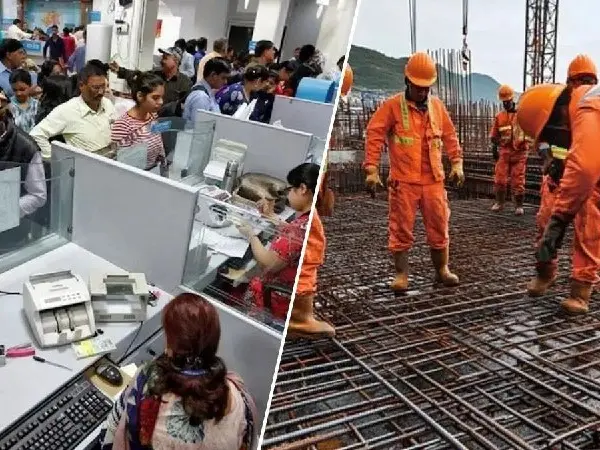DelhiDesk Megaprojects, such as the delayed HS2 high-speed railway project in the UK, have become synonymous with missed deadlines and cost overruns. A new book, “How Big Things Get Done” by Bent Flyvbjerg and Dan Gardner, details why such projects often go wrong, citing psychological and political biases, over-reliance on intuition and the sunk-cost fallacy. The authors argue that thorough planning and standardisation of processes can mitigate the risks inherent in large bespoke projects. Wind and solar-power installations, which can be assembled from standard components, are among the projects least likely to go awry.
Follow DelhiBreakings on Google News
Here is the news bullets sorted by DelhiBreakings.com team.
👉 Many countries have big construction projects that exceed initial budgets and deadlines such as the Big Dig in Boston, the Montreal Olympics stadium, and Brandenburg Airport in Berlin.
👉 Britain’s HS2 project, a high-speed railway down the spine of England, has faced multiple delays and doubled costs from initial estimates.
👉 Only 8.5% of projects meet their initial estimates on cost and time, and only 0.5% achieve what they set out to do on cost, time, and benefits.
👉 Over-optimistic time and cost estimates stem from psychological and political biases, including intuition over data and strategic misrepresentation.
👉 Thorough planning, like Pixar’s approach to film development and Frank Gehry’s meticulous architectural models, can reduce the probability of unexpected events derailing projects.
👉 Mitigating the dangers of large bespoke projects is possible through modular designs and standardized manufacturing processes.
👉 Lessons from managing large public-infrastructure projects can apply to managers of all stripes, including rigorous planning and standardization where possible.
For superfast news and Delhi Breaking Stories visti us daily at https://delhibreakings.com





